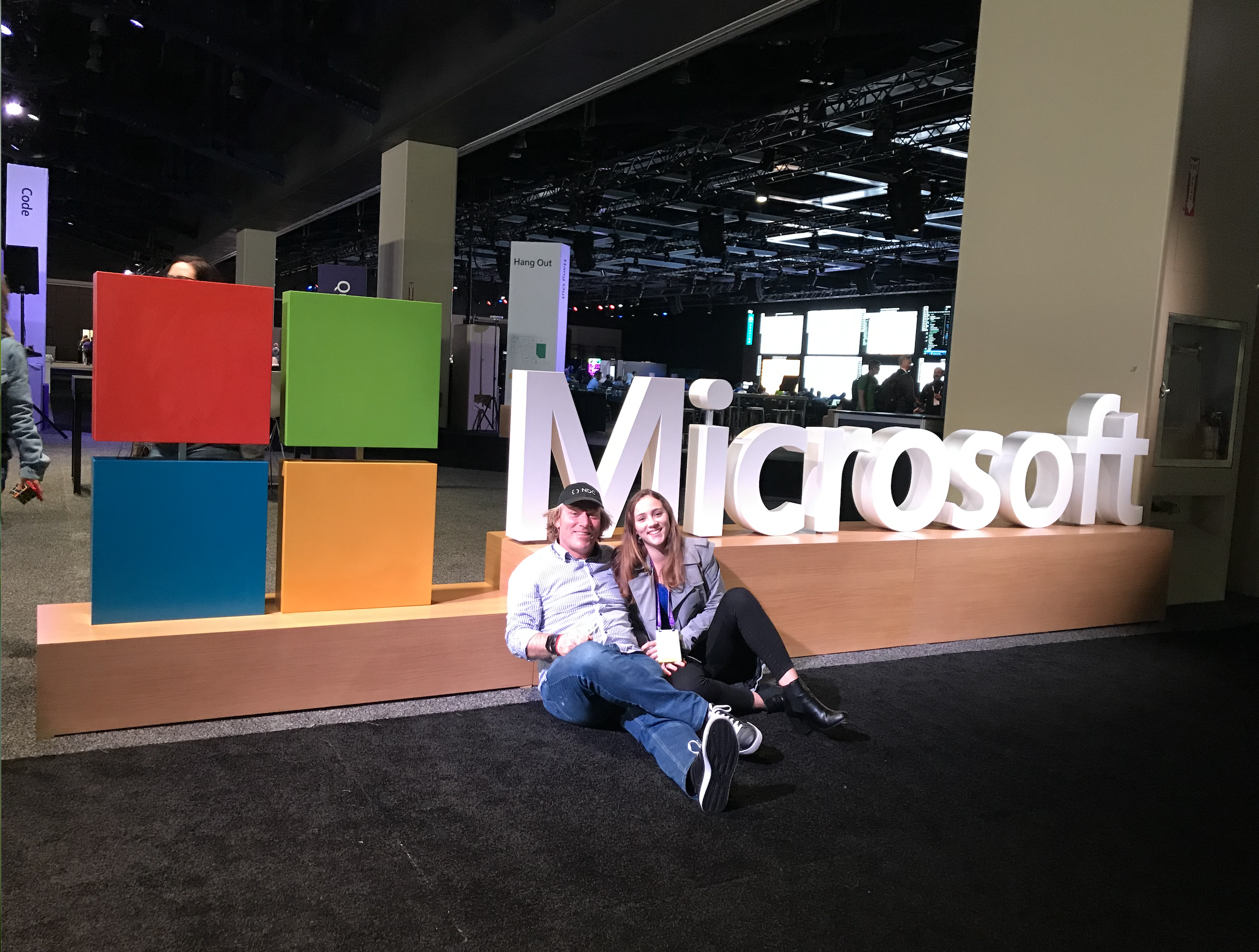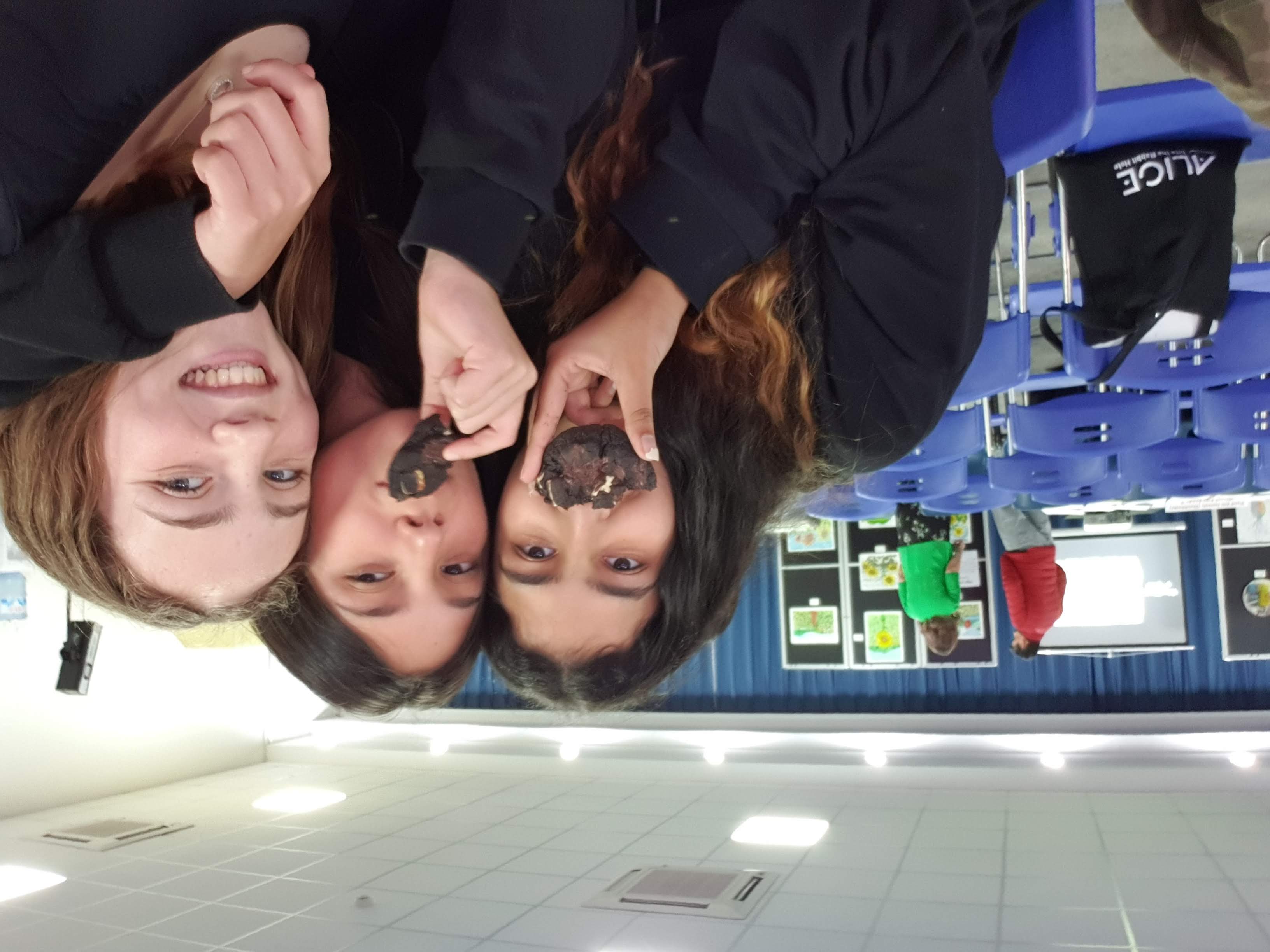Is it worth bringing your kid to tech conferences?
I am back at school after attending the Microsoft Build conference in Seattle for the 3rd year, that means I am almost a veteran 😉. There were a few major differences to the conference this year, the number 1 from a kids point of view being the new “Student Zone”. As well that, there were […]
Read More

